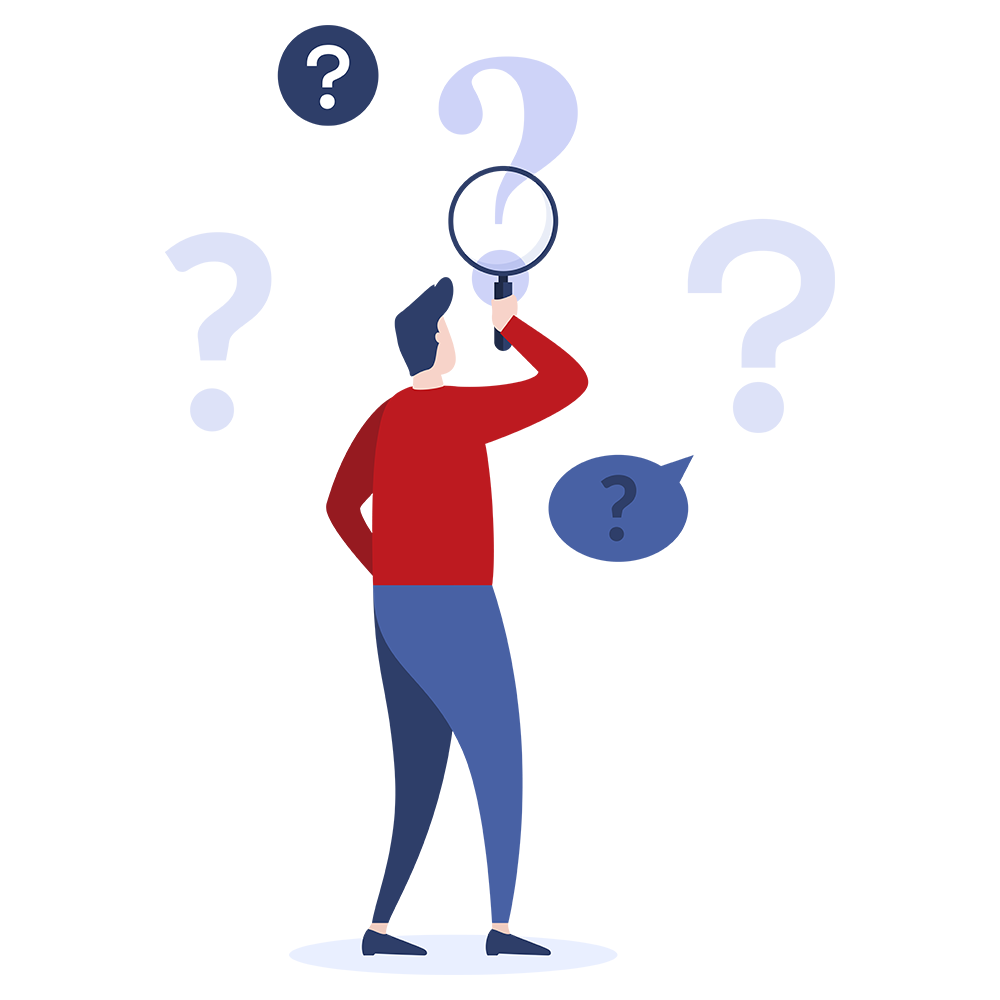What is the difference between line signalling and register signalling when using CAS protocols?
Information conveyed using the ABCD bits is referred to as 'line signalling'. Line signalling is used to allow the near and far end to know the state of a particular call. An example of some line signalling states are;
- Seize
- Isilans (wait for answer)
- Answer
- Forward/backward release
Aculab digital network access cards are able to interpret line signalling states (ABCD bits) and return a generic event (for example, EV_INCOMING_CALL_DET, EV_WAIT_FOR_ACCEPT, EV_CALL_CONNECTED, EV_REMOTE_DISCONNECT) to an application.
'Register signalling' refers to the way in which DDI and/or CLI information is conveyed. There are three ways in which DDI and CLI information can be conveyed for CAS protocols. These are; decadic pulses, DTMF (dual tone multi-frequency) tones or MFC (multi-frequency compelled) tones.
